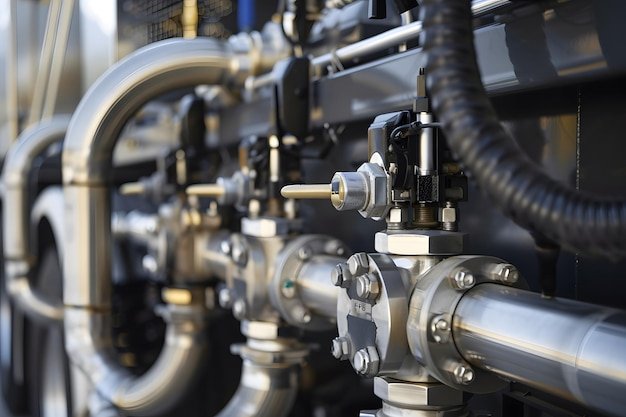Air-powered fluid pumps, also known as pneumatic pumps or air-operated diaphragm pumps, use compressed air to transfer fluids. Versatile and reliable, these pumps can handle a variety of fluids, including abrasive and thick materials.
Air-powered fluid pumps could be an efficient solution for businesses in need of pumping different types of fluids such as oils, fats, and chemicals. A common example is the grease gun, an air-powered tool used to lubricate machines.
Key features of Air-Powered Fluid Pumps include a flexible Diaphragm Design, Self-Priming ability, versatility with various fluids, and many of these pumps are Explosion-Proof.
The operating principle of air-powered fluid pumps is based on using compressed air to move fluids through the oscillating movement of a flexible diaphragm, providing a reliable way to pump different types of fluids, including corrosive chemicals or sticky substances.
These pumps, due to their ease of installation and maintenance, versatility, and reliability, are advantageous for industrial use. This makes air-powered diaphragm pumps a robust tool for many industrial needs.
Different industries that heavily rely on air-powered pumps include the Chemical Industry, Mining, Construction, Oil and Gas, Water and Wastewater Treatment, Food and Beverage, Paint and Coatings, Pharmaceuticals, and Agriculture. They are primarily used for tasks like painting, dispensing solvents, coatings, or other fluids.
The efficient design of grease pumps allows for precise lubrication and maintenance of various Industrial tools. They are widely used in marine, aerospace, railway, and other industries.
With a robust design and versatility, air-powered fluid pumps offer a reliable and efficient solution for fluid transfer applications in a wide array of industries. They are an excellent choice for lubricating machinery or transferring complex substances. Consulting experts is advised to ensure the optimal product fit for specific needs.



